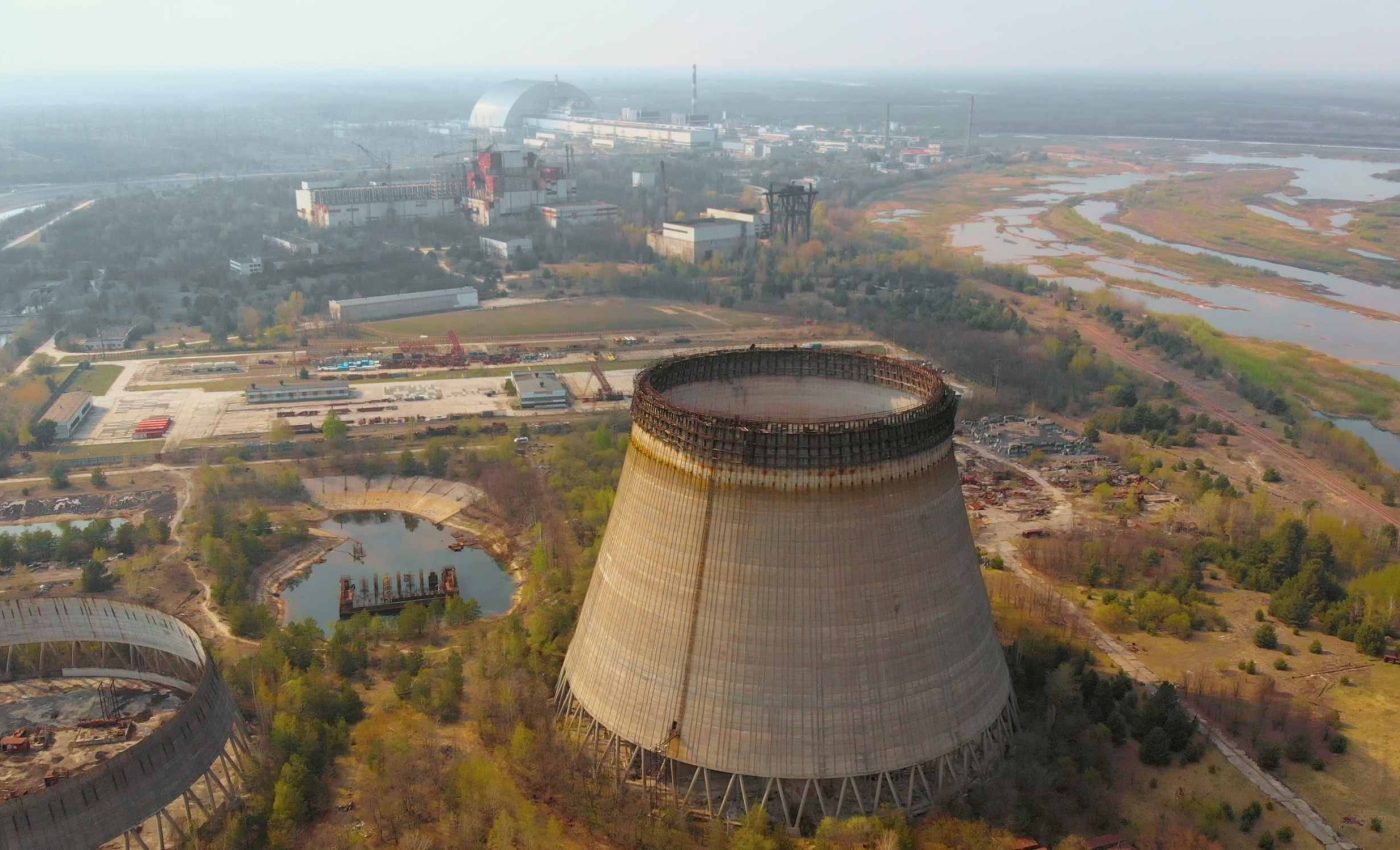
Tiny fuel grains reveal how the Chernobyl reactor worked inside
Scientists have now pulled reactor secrets out of fuel grains smaller than many dust particles. Tiny fragments collected near Chernobyl still hold trapped radioactive gases that record how the damaged reactor once ran.
Those gases include krypton and xenon produced when fuel atoms split apart in the running reactor.
From those gases, researchers can reconstruct the fuel age, the intensity of neutron bombardment, and whether uranium or plutonium dominated.
Tiny particles with a long memory
After the Chernobyl reactor accident, the core scattered hot particles, microscopic bits of radioactive fuel left after an accident, across the surrounding landscape.
Many of these particles are only a few micrometers wide, yet they still sit in soil and sediments near the plant.
The work was led by Laura Leifermann, a nuclear chemist at the Institute of Radioecology and Radiation Protection at Leibniz University Hannover in Germany.
Her research focuses on radioactive fuel fragments in the environment and on what those fragments reveal about reactor behavior.
Conventional wisdom held that the accident heat and fire stripped these grains of their fission gases, leaving only solid residues behind. By testing particles from the Chornobyl Exclusion Zone, the team set out to check that assumption.
Earlier laboratory work showed that multi element isotope measurements on similar particles could reveal how fuel burned and weathered over time.
That approach relied on resonance ionization mass spectrometry, laser based measurement of selected isotopes with minimal damage to the particle.
Gases and Chernobyl fuel
The team chose particles from soil and sediment samples collected inside the Chernobyl area where access is restricted for safety.
In 1986 a power plant explosion released part of the reactor core and contaminated wide regions of Europe, according to an industry summary.
To see inside, researchers used a focused ion beam, tightly aimed ions that slice solids on micrometer scales, to cut each particle in half.
Electron microscope images of the fresh cut faces showed sealed pores and grain boundaries that form a closed internal maze.
Researchers then removed the particle halves and heated them in small steps under vacuum. At each step they captured gases and ran them through noble gas mass spectrometry, analysis that weighs rare gases by mass.
The study found clear krypton and xenon signals from micrometer scale particles that had sat in the environment for more than three decades.
That discovery challenges earlier official assessments that treated most noble gas in the destroyed core as fully released during the accident.
Reading a reactor’s past
Krypton and xenon in the fuel record isotopic ratios, numerical comparisons of different isotopes that form characteristic patterns for each type of fission.
In this study most particles bore signatures of low enriched uranium fuel, matching the modest burnup used in the Chernobyl reactor design.
The clock inside these gases depends on radiochronometry, use of radioactive decay to estimate how long ago fuel left the core.
A recent method shows that krypton 85 ratios can date spent fuel with enough precision to track its operational history.
Using the same principle, the Chornobyl particles show krypton 85 levels consistent with irradiation between late 1981 and late 1985, just before the accident.
Those ages line up with expected residence times of fuel rods that typically spent about three years in the reactor before discharge.
Xenon isotopes also encode thermal neutron flux, intensity of slow neutrons moving through the core during operation.
For most particles the xenon data match model expectations for the RBMK design at Chernobyl, tying each grain to a specific fuel environment.
The Nereus particle
One grain, nicknamed Nereus, stands out with krypton and xenon ratios that imply a much larger share of plutonium fission than the others.
Its solid composition falls in the medium burnup, total energy extracted per unit mass of fuel, range seen in other Chornobyl particles.
The most likely picture places this fragment near the end of a fuel rod, a long metal tube packed with fuel pellets.
Such locations experience weaker neutron fields over longer times, which can tilt gas production toward plutonium even when bulk fuel looks ordinary.
The researchers looked for atmospheric contamination by checking levels of xenon 129, stable xenon isotope mainly introduced from air rather than fission.
They found almost none, so the odd pattern in Nereus most likely reflects genuine differences in its reactor history.
Nereus shows that even two grains from the same assembly can carry very different gas records, depending on their exact spot in the core.
For analysts trying to trace unknown particles, that kind of variability is valuable evidence rather than background noise.
Lessons from Chernobyl fuel
The field of nuclear forensics, analysis of nuclear materials to learn their origin, connects seized samples to specific facilities and events.
Xenon and krypton signatures form part of that toolkit because they can flag reactor type and broad operating conditions.
Trapped gas in individual grains adds detail, letting analysts match particles to both a reactor design and a narrow operating window.
Because the method works on micrometer scale particles, it can be applied to environmental samples or seized powders without needing large amounts of material.
From an environmental perspective most risk in these grains still comes from solid radionuclides embedded in the fuel matrix.
The remaining noble gases, chemically inert elements like krypton and xenon, are mostly trapped in sealed pores and many radioactive isotopes have already decayed.
Together with earlier multi element studies on hot particles, this work shows that tiny fuel grains can serve as durable records of reactor behavior.
Reading those records offers new ways to trace nuclear materials, test safety claims, and understand how accidents leave long lasting marks on the environment.
The study is published in the Journal of Hazardous Materials.
—–
Like what you read? Subscribe to our newsletter for engaging articles, exclusive content, and the latest updates.
Check us out on EarthSnap, a free app brought to you by Eric Ralls and Earth.com.
—–













